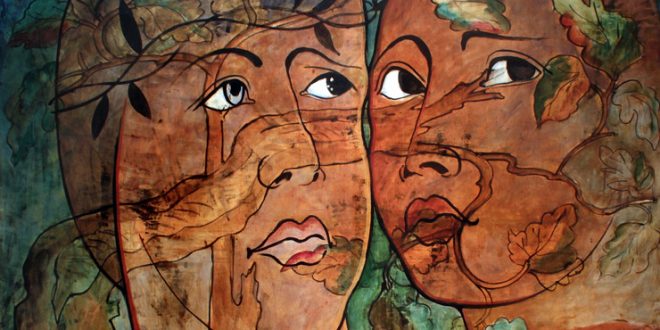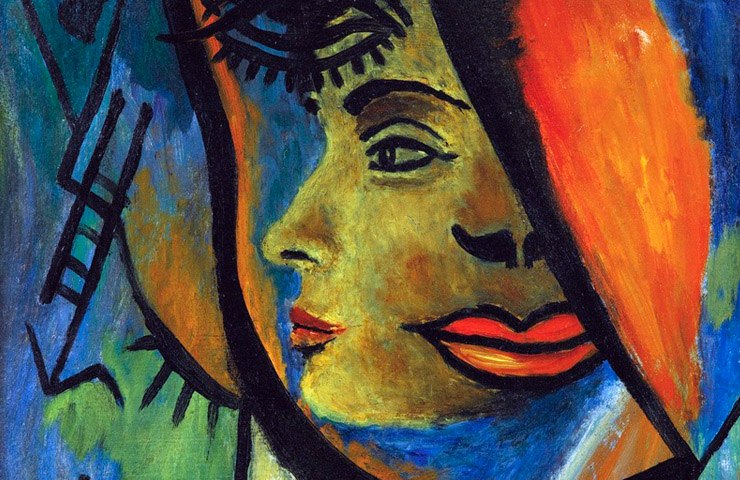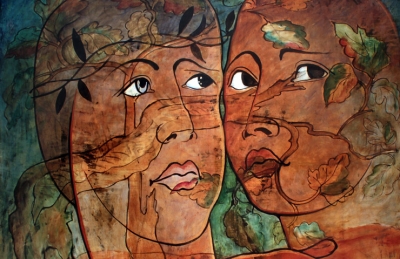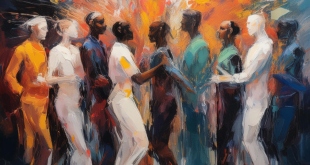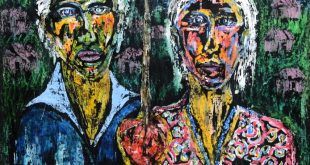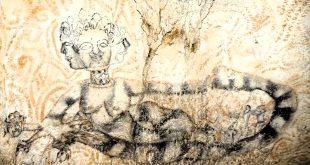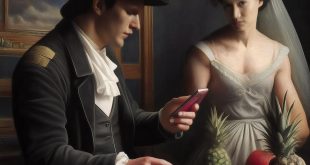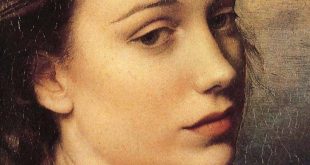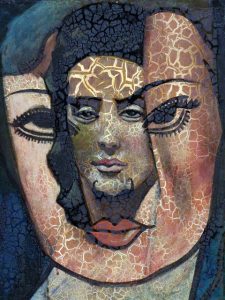 Abstract planar compositions, colourful and rich in contrasts
Abstract planar compositions, colourful and rich in contrasts
FRANCIS PICABIA 1/3 – Born in Paris on a January day, dying 74 years later in the same city and home, on a November day. This was the existential frame in which this French-born French painter and writer who had studied at the High School of Fine Arts lived. The beginning of his career had been influenced by the Barbizon School and by Impressionism, but also from Cubism and abstractionism. “Young American Girl / The Dance” is a canvas oil painting made in 1913 (290 x 300 cm), visible at the Musée National d’Art Moderne, Center Georges Pompidou in Paris.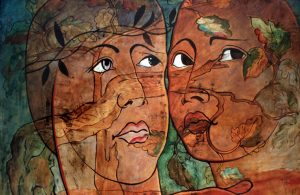
FRANCIS PICABIA 2/3 – His first solo exhibition was made at the Galerie Haussmann in Paris in 1905. In New York, he introduced modern art to the United States, painting portraits that random tangle of metal parts. Those mechanisms alluded to sexual intercourse, irresponing the worship of the machine. In 1916, he published a periodical Dadaist in Barcelona, including his first mechanical designs. “The Spring”, his 1912 painting (oil on canvas, 249.6 x 249.3 cm), awaits you at the Museum of Modern Art in New York.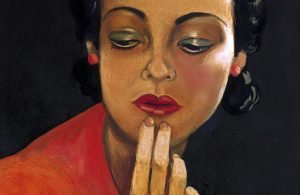
FRANCIS PICABIA 3/3 – He continued his involvement in Dadaism before breaking the bond with the dada and getting to surrealism in the. In 1925 he changed his style, returning to figurative art. In the early 1930s, he painted using several layers of transparent varnish, which makes the impression of depth. In the early 1940s he moved to Mougins (south of France), producing paintings based on female nakedness. Returning to Paris, he resumed abstraction, dying in the same house he was born. He is buried in the cemetery of Montparnasse, where he is expecting a visit. https://www.youtube.com/watch?v=VpSJHMFYoyo
The intellectual property of the images that appear in this blog correspond to their authors. The sole purpose of this site, is to spread the knowledge of these artists and that other people enjoy their works. To pursue this issue, you can digit: https://www.youtube.com/watch?v=HMyrZKIBANE
 Meeting Benches World art in all forms
Meeting Benches World art in all forms
